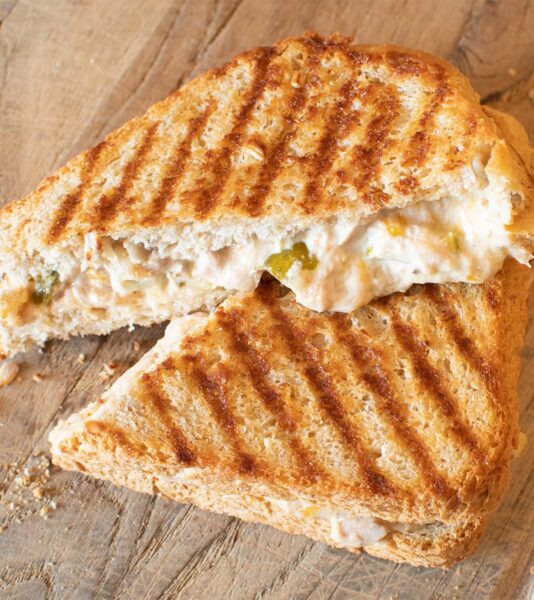Today’s foodservice consumers are health-conscious and hungry for transparency. They like to learn about what they eat, according to the Menus of Change program from the Culinary Institute of America (CIA). What’s more, consumers tend to look to chefs to help them enjoy healthy eating. And they expect chefs to build healthy menus that lead with flavor, says the CIA.
Decrease portion sizes
Decreasing portion sizes on menus is a win-win strategy, suggests CIA. While reducing calorie levels, it also reduces plate waste, making portion size management a wise sustainability strategy. Instead of large portions, operators can focus on quality, flavor, and nutrition. “Dishes should feature slow metabolizing whole grains; plant proteins including nuts, seeds, and legumes; and healthy oils that promote lasting satiety and create great flavors,” suggests CIA.
Produce first
The CIA promotes menu design aligned with the USDA MyPlate model that advises, “Make half your plate fruits & vegetables.” They suggest using colorful fruits and vegetables in season, along with leafy greens, on a daily basis. To support the sustainability concept of circularity, they encourage chefs to incorporate imperfect produce and make use of produce byproducts.
Aligning with the Dietary Guidelines for Americans and other evidence-based dietary advice such as the Mediterranean Diet, the CIA encourages liberal use of nuts and legumes, as well as whole grains and healthy fats, in the menu balance.
More seafood on the menu
The Dietary Guidelines for Americans recommend at least two servings of seafood (8 oz) every week, yet most people don’t eat enough. “Serve more kinds of seafood, more often” is the advice of CIA. Along with this, they recommend serving “less read meat, less often” and using “poultry and eggs in moderation.”
The Dietary Guidelines classify seafood as a “nutrient-dense food”. The definition? Foods and beverages that “provide vitamins, minerals, and other health-promoting components and have little added sugars, saturated fat, and sodium.” Also in this category are vegetables, fruits, whole grains, eggs, beans, peas, and lentils, unsalted nuts and seeds, fat-free and low-fat dairy products, and lean meats and poultry—when prepared with no or little added sugars, saturated fat, and sodium, say the Guidelines.
Reduce salt and added sugar
The CIA suggests that food manufacturers and foodservice operators have traditionally relied on salt to “do the heavy lifting” when it comes to flavor. Who could be better qualified than professional chefs to reinvent flavor profiles using healthy, low-sodium ingredients like herbs, spices, citrus, and more?
When it comes to sugar, the CIA calls for reducing added sugar and engaging in “fresh thinking about dessert menu language and positioning.” An example they cite is “Three Pleasures: a challenge to restaurants to create a delicious dessert using only dark chocolate, nuts, and fresh-cut or dried fruit.”
Consumers choose healthier foods
In all, one-third of consumers (40% of the Millennial demographic) say they are “putting a lot of effort into choosing healthier foods,” says Elizabeth Sloan in Food Technology. Energy, immunity, heart health, digestion, cognitive function, anti-inflammatory goals, and mental well-being are common motivations affecting food choices today, says Sloan.
Should you isolate and flag healthy options on your menu? CIA discourages that. Instead, they advocate for healthy eating and sustainability as holistic drivers of the daily menu: “The real opportunity in menu and concept development is the expansion of everyday food and menu choices that embrace current nutrition and environmental science, as well as emerging consumer values about how food is produced.”
Gain more consumer insights for foodservice operators, and for a deeper dive, check out the continuing education course, Inside Consumer Demand.








